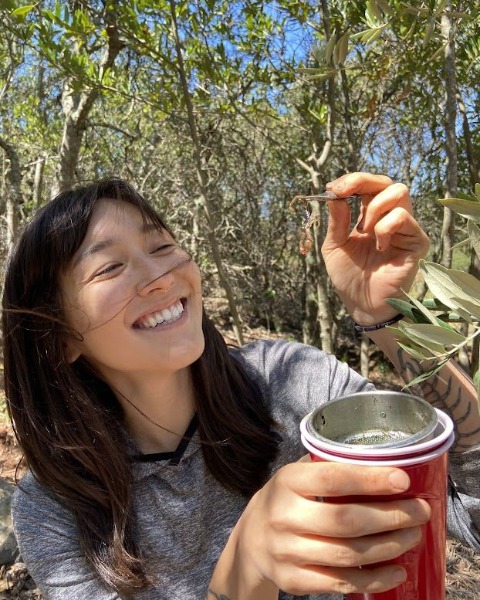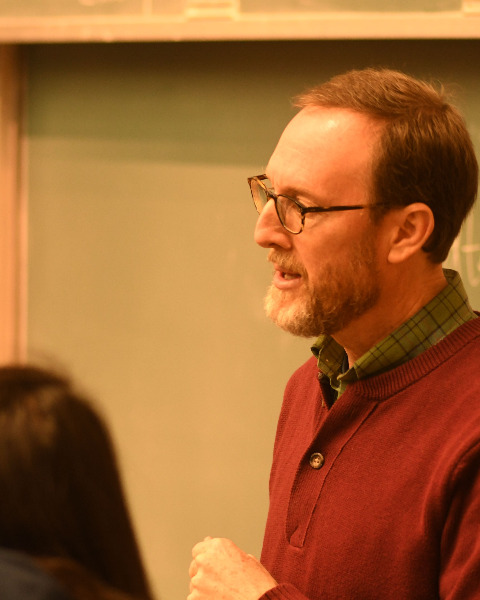Plant-Insect Ecosystems
Student Competition 10-Minute Paper
Diverse effects of surrounding landscapes on citrus pests: Lessons from the San Joaquin Valley

Mia K. Lippey
PhD Candidate
University of California
Davis, California- EM
Emily Meineke
Assistant Professor
University of California
Davis, California 
Jay A. Rosenheim
University of California
Davis, California
Presenting Author(s)
Co-Author(s)
Recent advances in remote sensing technology have created new opportunities to investigate the effects of surrounding landscapes on pest populations within agroecosystems. Agroecology theory has promoted three important hypotheses regarding how farmers can design landscapes to enhance natural pest control: i) natural land located near crop fields supports natural enemy populations and inhibits buildup of pests; ii) high concentrations of suitable host crop plants exacerbate pest pressure; and iii) the urban-agricultural interface facilitates spillover of pests from horticultural plants in urban settings into agriculture, particularly in cases where urban and agricultural plants are closely related and harbor the same pests communities. Yet, recent studies have demonstrated that landscapes surrounding agricultural land can have wide-ranging and counterintuitive effects on pest populations. Here, we examine how surrounding land use affects abundances of seven insect pests and one beneficial insect in California citrus. We used an ecoinformatics approach, compiling several independent data streams gathered by highly skilled pest control advisors and field scouts. Overall, our results demonstrate that natural, agricultural, and urban land surrounding citrus plantings have inconsistent effects on the buildup of damaging pests, underscoring the complexity of landscape effects on agricultural systems.


